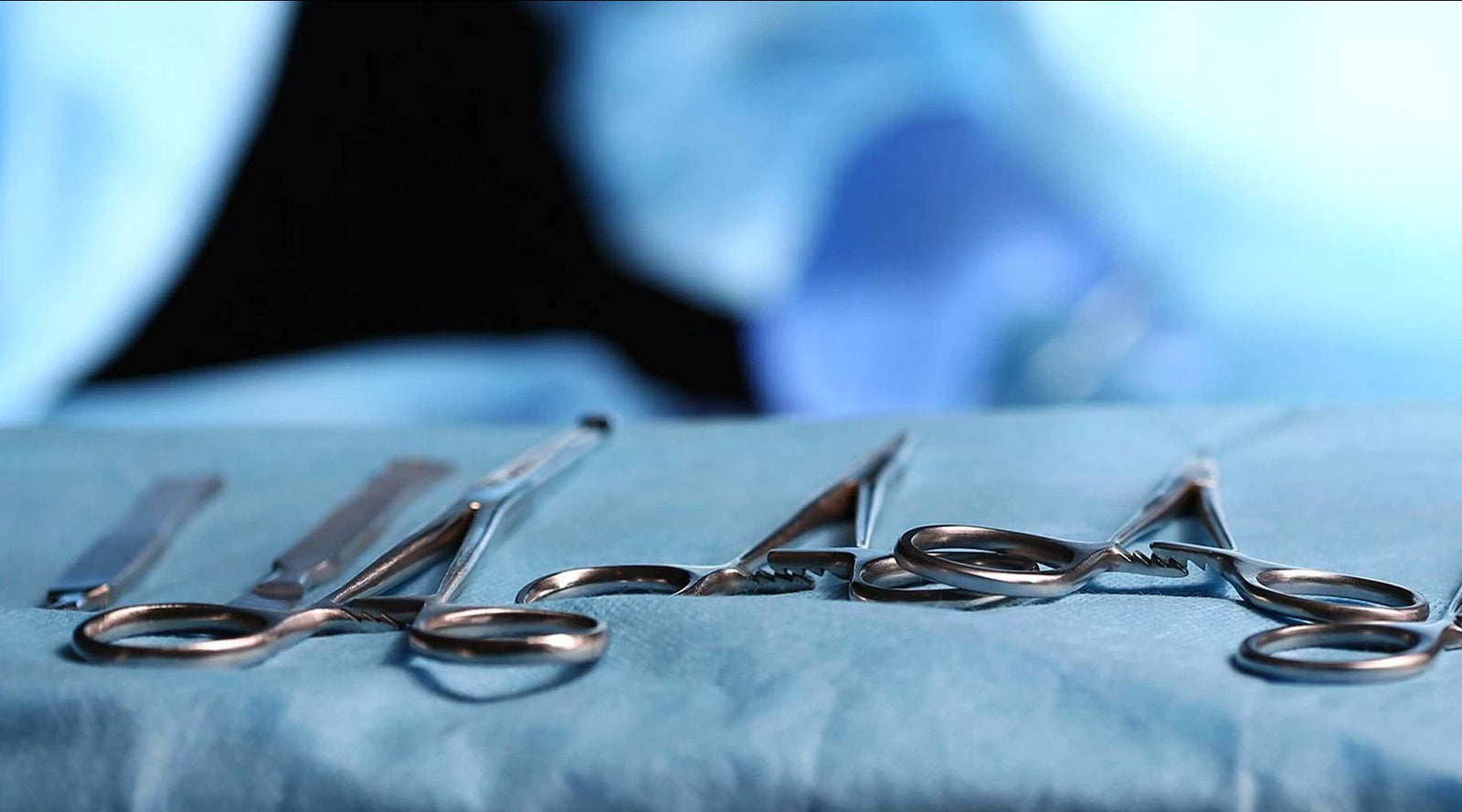
December 19, 2016
A couple of weeks ago I wrote a blog entitled Out Of Action. I've now had my shoulder surgery and a number of people have requested a follow-up, with a bit of detail about the diagnosis, the procedure itself and the beginnings of a recovery.
Warning: this blog post has got very little to do with bikes, other than the fact that dislocated shoulders are something that a lot of riders have to deal with. Since I wrote the first out of action blog, I've been contacted by a lot of people with shoulder problems; riders who think they may need a similar surgery or are considering whether or not a surgery is worthwhile. There's a lot to consider, when you take into account the waiting time, the potential pain and discomfort of the operation itself and the possibility of a lengthy recovery. When I was making my own decision, I had access to plenty of official medical advice but very little insight into what it would really be like to live with. So my purpose in this piece is to lay out how my own surgery went, along with the initial recovery period and what the next few weeks will have in store.
The last time I popped my shoulder was at the 'Ard Rock Enduro. I spent the first day out on course with my friend Gee who was filming, then the evening before the race was mucking about with some mates in the campsite. I tried to throw a Nerf ball a bit too hard and literally threw my arm off. That was the end of my weekend. It had become so easy to hurt myself I had to get it looked at properly.
A quick visit to the GP later and I had a referral to a shoulder consultant. It's worth noting that they took into consideration the fact that I own a mountain bike business and that the injury affects my livelihood. This came up at every point of consultation and I found it interesting that this didn't seem to be a purely medical thought process; the gravity of the injury for me personally was taken into account.
I had a choice of consultants. The NHS site gives you all the different specialists, where they have clinics and their average waiting times - both for a consultation and for treatment. I chose Mr Wright at the Thornbury in Sheffield, and had a month to wait to see him. Again it's worth noting that the initial choice set the path for my entire treatment, so I was to stay with the Thornbury throughout the process. This wasn't made clear at the outset so if you find yourself with a referral, take this into consideration.
Unlike the 2 minute GP appointment, Mr Wright gave me a full half hour, and discussed everything in great detail, answering all my questions. Then at the end of the consultation he signed off a form that he'd already filled in. He's so used to these injuries, he knew exactly what the next step would be: an MRI Arthrogram.
A physical examination confirmed that the joint was unstable but to determine the exact nature of the damage, a detailed MRI scan was necessary. We started off with a series of traditional X-Rays, and then prepped for the MRI. I was given a local anaesthetic to the shoulder, before a contrast medium was injected into the joint using a long needle. This apparently increases the visibility of the joint in the scan. The MRI itself was relatively straightforward, but you do have to remain completely motionless for around 40 minutes. It's a bit like being inside a very loud dot matrix printer.
It took another fortnight to get another consultation, at which point the surgeon - Mr Shahane - could make a solid diagnosis.
The original incident was an anterior dislocation of my right shoulder, a common injury amongst active people, in particular mountain bikers, skaters and skiers. I caught the bars on a tree whilst cornering at high speed, which sent me over the bars, landing on my shoulder, forcing the arm out of the joint forwards and down, into my armpit. The specific damage caused was:
"The glenoid labrum is a fibrocartilaginous rim attached around the margin of the glenoid cavity in the shoulder blade. The shoulder joint is considered a ball and socket joint. However, in bony terms the 'socket' is quite shallow and small, covering at most only a third of the 'ball'. The socket is deepened by the glenoid labrum". (source: Wikipedia) In my case, the foremost portion of the glenoid labrum was torn and detached, meaning the glenoid was no longer a 'socket' and was therefore unable to retain the 'ball' of my humerus.
I also has a slap lesion, which means the labrum had torn all the way around to the point where my biceps tendon attached to the shoulder. This didn't show up on the MRI scan and only became apparent when the general anaesthetic took effect; my arm literally fell out of joint. Since August it had been held in place by willpower alone.
A dent in the bone at the back of the humeral head, which occurs when the dislocated humerus impacts against the front of the glenoid. This causes a number of arthritic symptoms, and if left untreated will deteriorate over time.
If you're anything like me, the first thing you want to know when you break yourself is, "how long until I'm back on my bike?". So it might be helpful for me to illustrate how long I had to wait for each stage of the diagnostic process leading up to the surgery:
6th August: Shoulder dislocated at the 'Ard Rock Enduro
8th August: Appointment with GP, referral to shoulder specialist
22nd September: Appointment with first specialist, referral to MRI scan
27th October: MRI Arthrogram and standard X-Rays
9th November: Appointment with second specialist to discuss scan results, referral to surgery
14th December: Surgery
So since the last dislocation, at which point I decided that I really needed to get this sorted, it took 19 weeks until I went in for surgery. And in many ways, the surgery is only the beginning of the recovery process. For me the impact of the surgery was always going to be worse than the latest injury; I was able to ride again after a couple of weeks. In many ways the surgery actually makes things worse in the short term. But the goal has to be a situation where I don't dislocated my shoulder every time I try to throw a ball.
With the benefit of hindsight, its easy to say the surgery was the right decision. But at the time it was a really tough call to make. From a medical point of view, it was pretty clear-cut: the shoulder was so unstable it could pop at any time, and I was getting arthritic symptoms every day, which if left untreated would only get worse. And that was even without knowing I had a Slap Lesion in addition to the Bankart Tear. The surgeon was very confident that the repair would eventually deliver near to 100% functionality, but only after a successful recovery, and therein lies the rub.
The 'standard' recovery goes something like this:
And only after that could I start to think about regaining the lost muscle mass, strength, stamina and dexterity required to ride a bike properly. So 3-4 months off the bike, ant at least a month with only one hand. My left hand, which is more or less for display purposes only (it's taken me several days to type this much).
Taking into account my own personal circumstances - a business to run, a four year old daughter and a very pregnant wife - the big question was really just one of timing. In other words, when rather than if to have the surgery. For anyone else considering the same question, it's really a personal thing, but for me the decision was made easier by the clarity of the operation date; there was an opening on 14th December, so no long wait. I decided to go for it, and knowing what I know now, I'm glad that I did.
Obviously I can't provide much of an account of what happened during the surgery; I was out for the count. If you really want to know what an Arthroscopic Bankart Repair involves, there's a good video on YouTube. Maybe watching an animated surgery isn't your cup of tea, but I have to say I was fascinated to find out how sophisticated these keyhole procedures are now.
What I can do is give my own account of what it was like to be on the receiving end of this procedure, and how the first few days of recovery have gone. It's that kind of insight that I found hard to get when I was making my own mind up.
It's early days yet and I don't have my first proper physio appointment until next week. But I can draw a few early conclusions that might be relevant to anyone else in a similar predicament. Firstly, I now feel that I should have sought proper medical advice much earlier; I shouldn't have been fobbed off by my doctor after the first two dislocations, and I shouldn't have allowed myself to disregard the possibility that I might have done some permanent damage. It's clear that I've been living with a seriously impaired shoulder for several years now, which has made things harder than they should have been and it's also undermined any training gains I made in that time.
Secondly I underestimated the impact that the surgery would have and my ability to overcome it in the first few days and weeks. I just thought I'd walk it off, and didn't accept that the operation would pole-axe me for several days. For that reason I was underprepared and it's a good job I have awesome friends and family around to help me out.
When I was first told my arm would be in a sling for 4 weeks I remember thinking "that's just what they tell everyone; I'm not actually going to do that". But that's my old, bad habits talking. I now know that I really do need to take the advice and if I don't, the whole surgery might turn out to be a waste of time. Im taking my recovery much more seriously now.
That's the good news - I'vm going to be off the bike for a while but I've got a new appreciation of how important it is to be fit, healthy and able to ride, and a renewed determination to recover well and get back to training. If it all goes according to plan, I should be able to get to a place where I'm riding better than I have for some years.
If there is interest, I'll post the odd update on the physio and recovery process.
Ed is the owner of Airdrop Bikes. A former web and graphic designer, he sacked off his job one day and decided to start up a bike brand.
July 25, 2018
I came across this as I am doing a little research due to the predicament I find myself in.
I fractured my scapula and smashed the end of my clavicle in a mtb accident on 04/06/15, I underwent surgery to have a surgalig (synthetic ligament) put in, the surgery went well and the lead up was much as described in the article. I too lack patience when recovering from injuries, for the first ten days I did the excercises to restore mobility as prescribed. Then I started to rehab the shoulder, mostly done underwater in the bath in order to minimise the risk and maximise the volume of rehab I could handle. For the first 12-18 months I would regularly suffer from what I can only describe as a tired aching muscle feeling in the shoulder if I did too much, after some rest it would be ok again.
After having what was probably a lot worse of an injury than I really appreciate, and being warned that a further accident damaging the same shoulder might mean never riding again I bought some armour. It’s pretty close fitting, D30 rubber armour pads built into a zip up long sleeved top, I wear it every time I am out riding, save for nipping to the shops!
After 28 months my shoulder, although not like having never been injured, felt strong….ok not strong but strong-ish when forces press up on it, like handlebars pushing up against your arms when riding. It has always felt much weaker when weight pulls down such as a carrying a shopping bag, I still struggle to carry 4L bottles in a bag on that side compared to 8 being heavy but not unmanageable on the other side but I put that down to most of my rehab being focused towards getting back on the bike.
Anyway thats a quick background to my injury and recovery, up to today 37 months on and for the past 6 months I have been experiencing odd pain now and then, a certain sequence of movements causes a crack and some relief so I made an appointment to see my surgeon. It turns out I have Heterotopic Ossification, this is essentially a wee bit of bone which in my case was probably a fragment which was smashed in the accident has grown and is now interfering with a ligament, possibly the synthetic one. As I understand the long term effects are diminishing mobility of the shoulder, the possibility that the new bone bonds or forms around the ligament seriously restricting the movement exists and so it is likely I will undergo further surgery to remove the heterotopic bone. I am unsure but think this recovery may be lighter than the previous but will let you know in due course.
I guess the purpose of posting this is to warn others in a similiar situation that they should take care even years later, if you notice recurring problems with a surgical repair you can always get back in touch with the surgeon who carried out the operation and have exploratory x-rays and CT’s. You never know what they might find, only 7 months ago I felt strong, ready to get back riding hard and I have even though ocassionally I get some pain I figured out how to make it go away, it’s fine. Heck a month ago I was thinking about buying a DH bike again and getting back into riding some real steeps, it was riding the FT. William World Cup on my short travel trail steed that made me consider it and now, well now I am waiting to find out for certain if another surgery is the answer. Scunnered with it, oh yeah initially I was but now I realise that it’s just a complication of falling off your bike, despite my accident I still want to ride the way I want to and for as long as possible I’m only 33 now so I have quite a few years riding left in me yet no matter what I have to undergo to allow me to keep shredding.
I will update this further down the line, possibly typed one handed post op…….time will tell.
March 11, 2017
OK second go – hopefully without the Apple auto-errors this time! Really interesting story and a lot like my own experience. I went nuts on the physio and rehab to restore the maximum amount of strength, and my shoulder now has good integrity (touch wood!) You’re now a way along the line and hope you’re back to normal. Loved the Hookit podcast btw!
December 26, 2016
Don’t rush it. I couldn’t wait to recover from a minor skull fracture, started riding in 2 weeks and crashed again, making it much worse. Please share the process and get well soon.
December 21, 2016
I displaced my collar bone in a fairly bad crash. Luckily (or not luckily as it may be) the only real lasting damage I’ve got is a very noisy shoulder are arthritis in the joint. Effectively my collar bone grates against my shoulder blade. I’ve been offered surgery for it but been advised by the doctors
Comments will be approved before showing up.
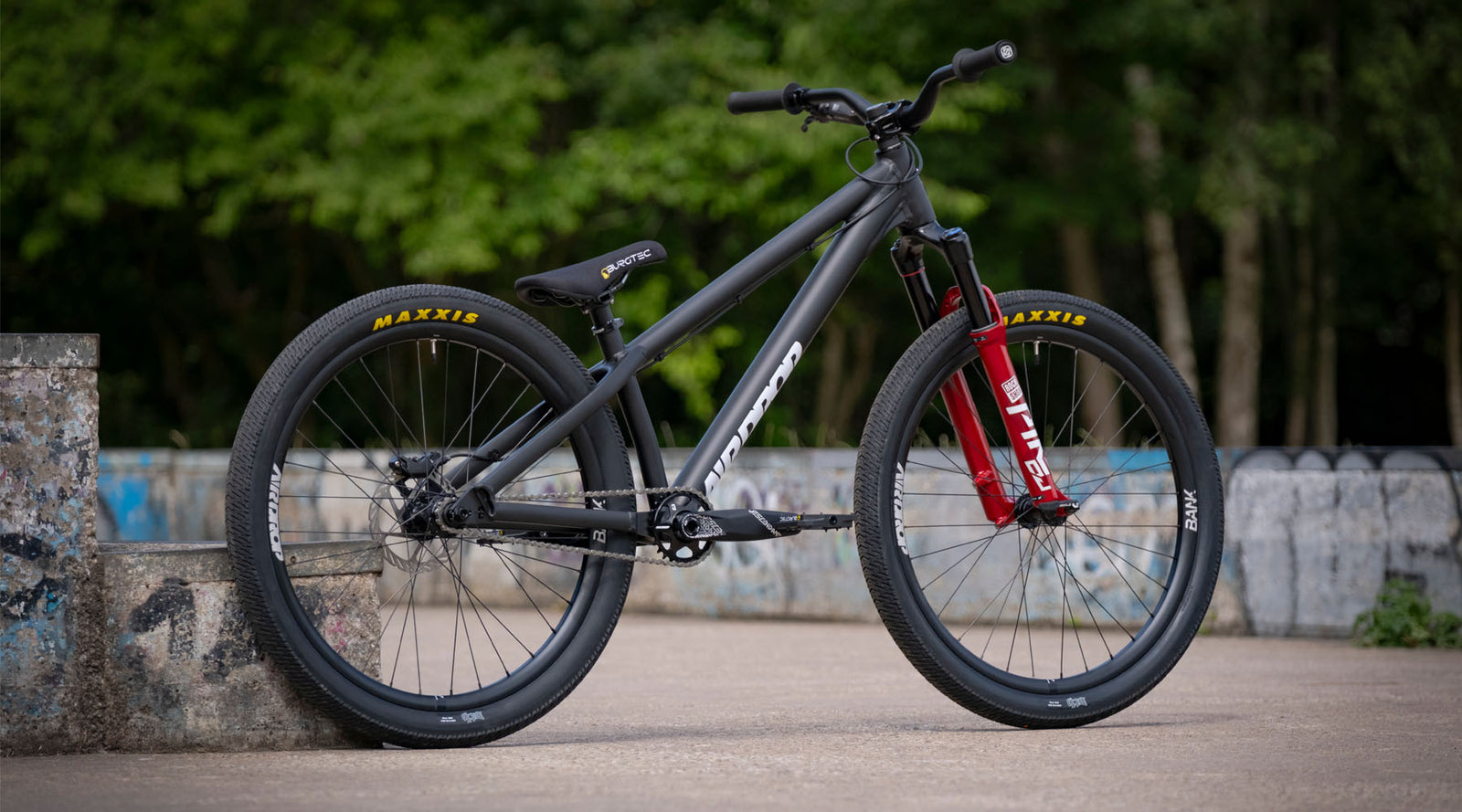
July 09, 2025
Rockshox recently released the Pike DJ to the new Electric Red colour. We like to make sure that we keep our bikes up to date, so we took the opportunity to give the Fade Core a bit of a refresh.
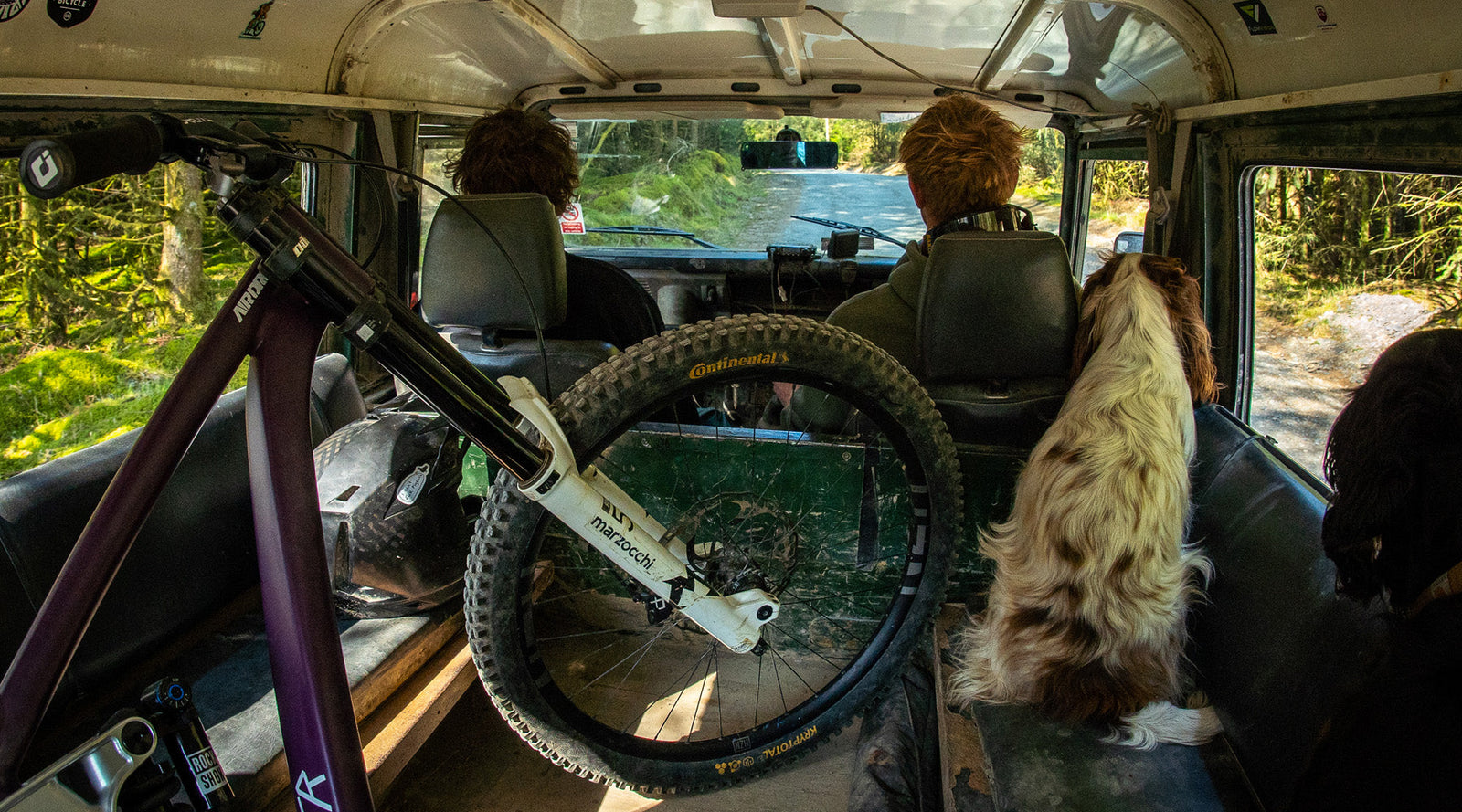
June 26, 2025
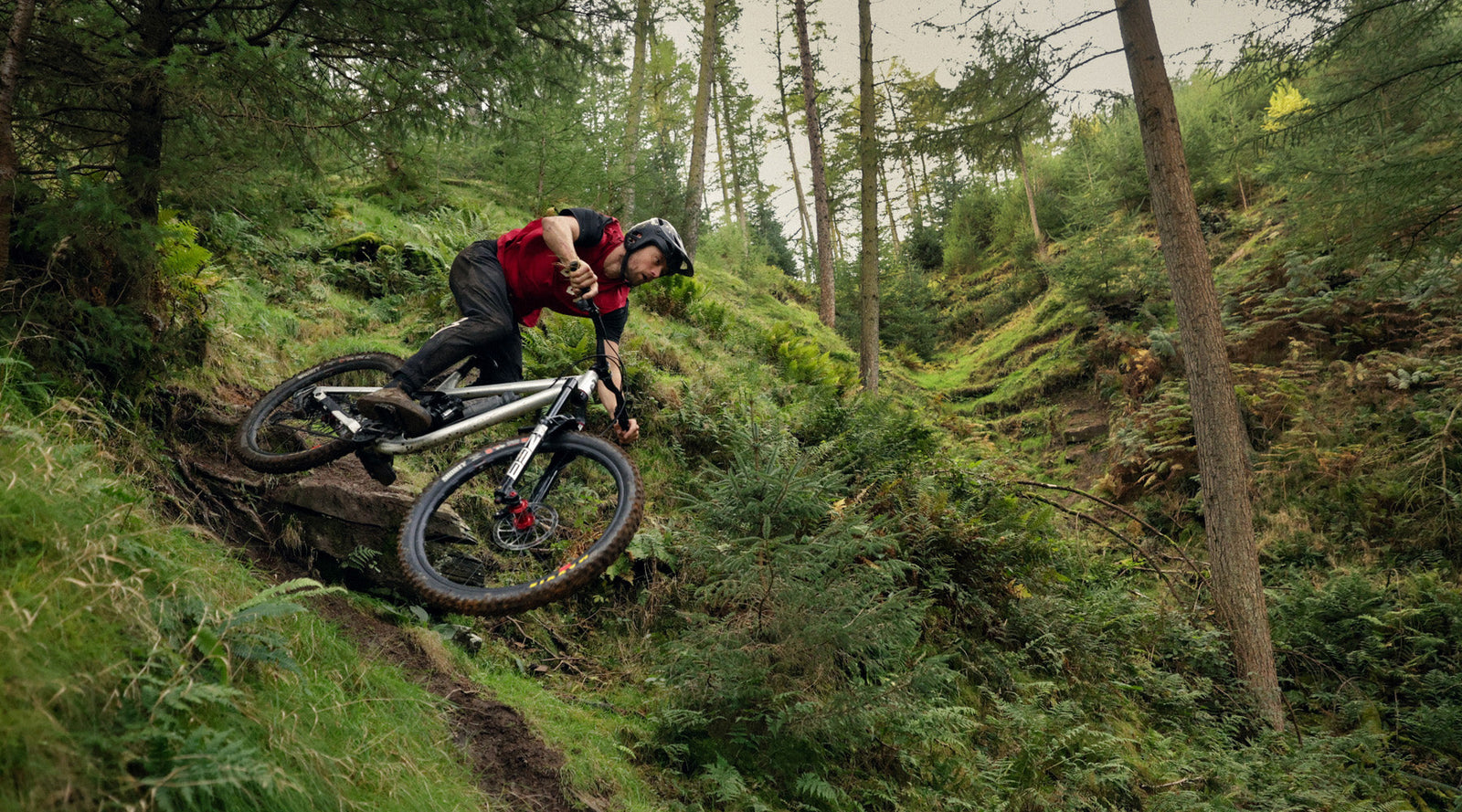
June 06, 2025
We've partnered up with True North Cycle Hub to give you the chance to demo an Edit MX in Wharncliffe Woods on Saturday 14th June, 2025.
Our monthly email newsletter gets you access to all the good stuff before everyone else.
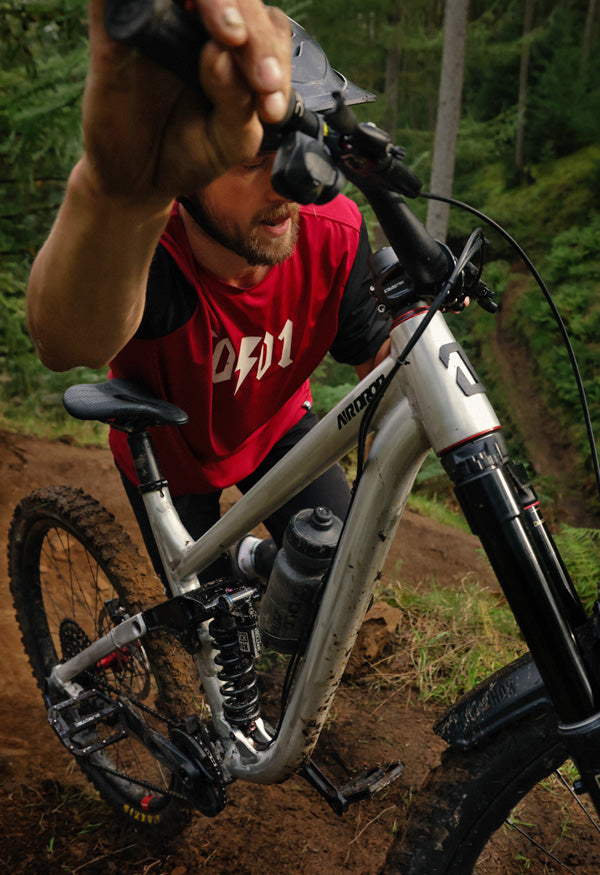
Subscribing to our email means we can bypass the algorithms. You get to know what we're up to: cost-free, filter-free and before everyone else.
To say thanks, we'll email you a discount code.
Ramsay Pope
November 04, 2021
So glad you decided to write this up. I’m in the same predicament with the exact same injury- so it’s nice to hear from someone who had a similar story. I go into surgery in December.
How are things now? How’s riding and how are other activities going? Would love an update.